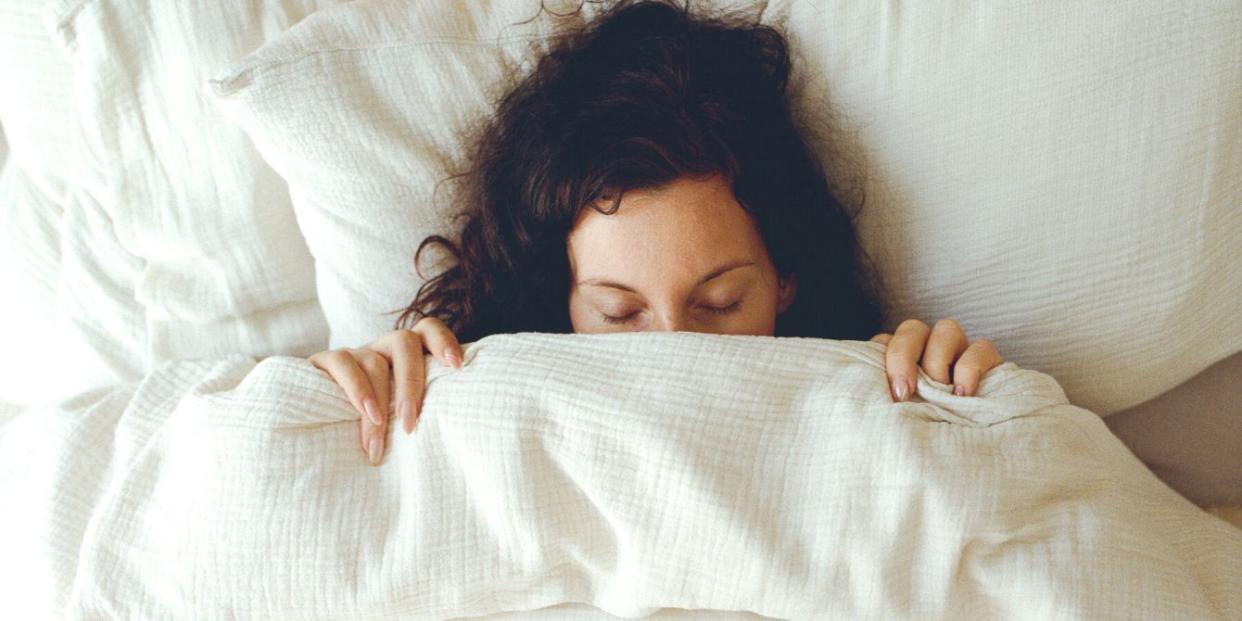Daylight Savings Time is about to do a number on your body—here’s how

Consider this your warning — Nov. 5, we move our clocks back in most U.S. states by one hour. At first, it seems like a blissful additional chance to sleep in before anyone really realized what happened, right? Turns out, though, that changing the alarm clock for daylight savings time doesn’t necessarily mean our internal clocks are caught up, and that has real implications on our health.
In an interview with CNN, Dr. Rajkumar Dasgupta, a professor at the University of Southern California Keck School of Medicine, explains that you might see some symptoms from Daylight Savings Time, including headaches or migraines, sleep disruptions, and increased symptoms related to mental health concerns.
First, headaches. So there are cluster headaches and migraines that might cause challenges for you during DST and the weeks after. Migraine sufferers might know this well from any other time they’ve had a change in their sleep patterns. Cluster headaches are related to a part of the brain that manages circadian rhythms, Dasgupta says, so be on the lookout for those. Fittingly, they come in clusters, such as six to eight weeks of headaches, and then they go away. DST can trigger a new cluster.
Though DST isn’t going to cause a mental health problem, it’s the related change with shorter fall and winter days that can lead to Seasonal Affective Disorder, he says. This is a depression condition related to less daylight. In addition, people who have a preexisting condition might experience changes worth bringing up to your therapist or doctor. Also, if you or someone you are caring for has dementia, it can exacerbate symptoms they already have too, as sleep is closely related to cognitive impairment. Especially watch out for falls in those populations.
You can do little to turn back (or forward) time, but you can exercise, spend time outside in the morning, and even try light therapy, he suggests. Give these hacks a try.

